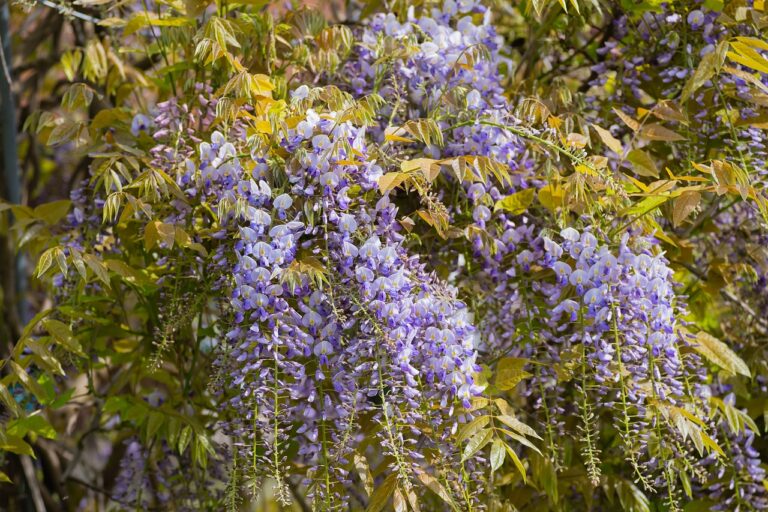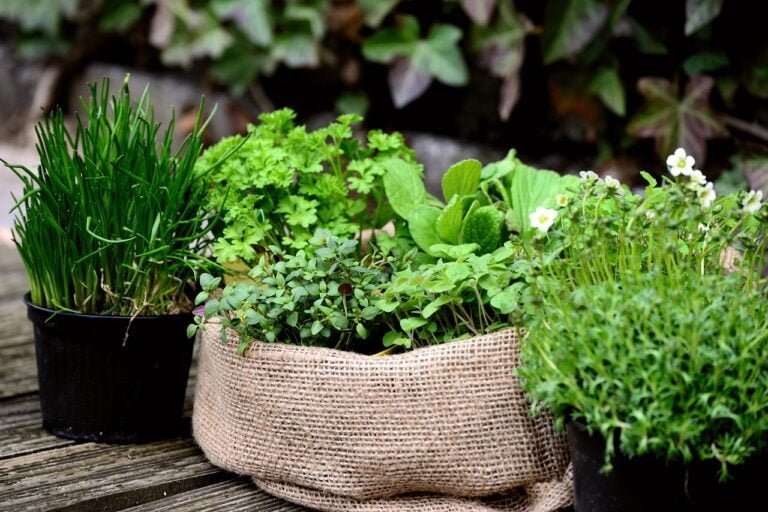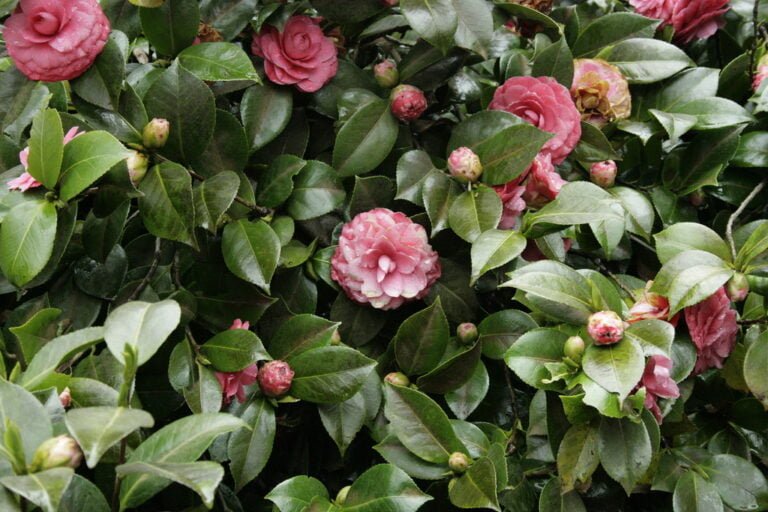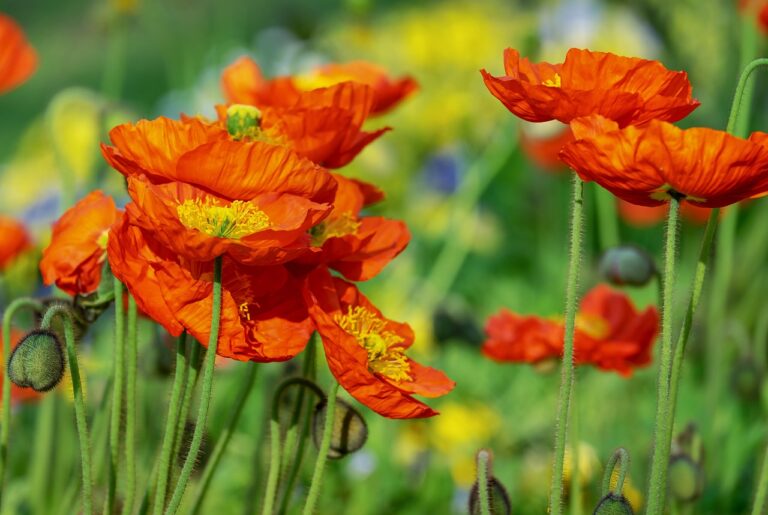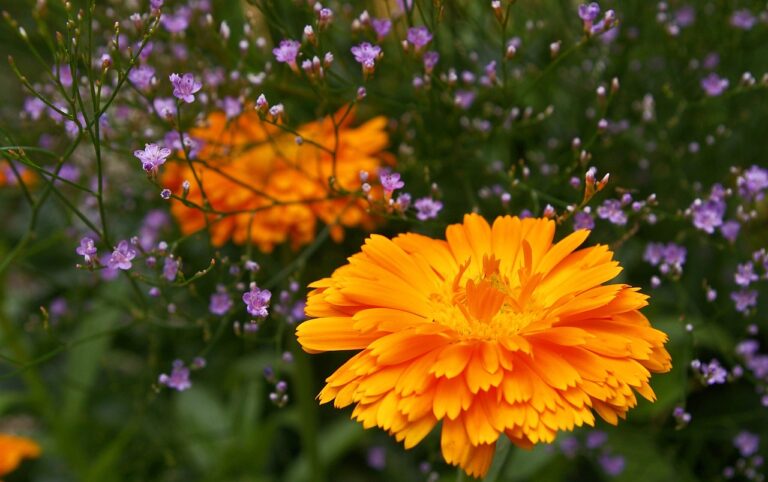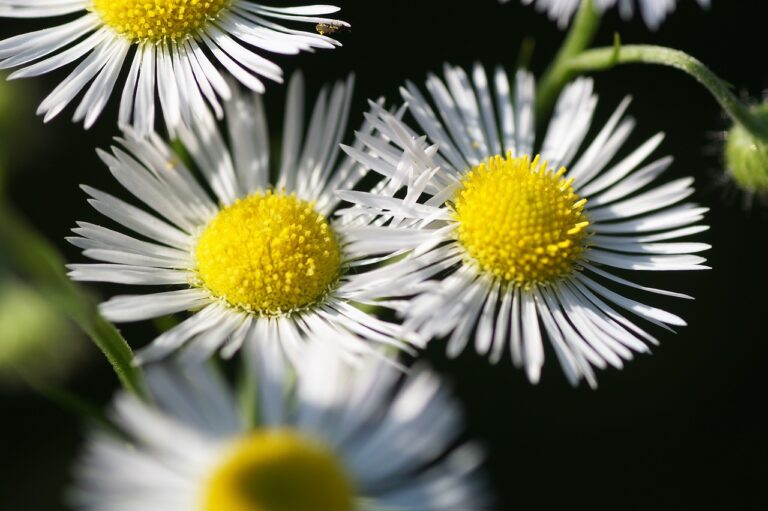Exploring Different Types of Specialty Gardens: Butterfly, Cutting, and Scented Gardens
Exploring butterfly, dive, and scented gardens reveals diverse habitats and scents that enrich outdoor spaces. Butterfly gardens attract with nectar-rich flowers and host plants. Dive gardens thrive with regular harvesting and a mix of blooms. Scented gardens please with lavender, rose, and mint fragrances, attracting pollinators. Tips include proper spacing, soil health, and plant variety selection. Attracted butterflies need host plants and safe habitats. Regularly maintaining dive gardens ensures continuous blooming. Scented gardens delight the senses with aromatic plants and careful planning. Discover how to create vibrant outdoor spaces filled with life and beauty.
Benefits of Butterfly Gardens
Butterfly gardens play an important role in providing essential resources for butterflies at different stages of their life cycle. These gardens are specifically designed to attract butterflies by offering a variety of nectar-rich flowers, host plants for caterpillars, and safe habitats for pupae and adults. When planning a butterfly garden, it is vital to select a diverse range of plants that bloom at different times to provide a continuous food source for butterflies throughout the season.
To attract butterflies to the garden, it is recommended to choose native plants that are well-suited to the local climate and soil conditions. Native plants have evolved alongside native butterflies and are more likely to provide the necessary resources for their survival. Additionally, avoiding the use of pesticides in the garden is essential as these chemicals can harm butterflies at all stages of their life cycle.
Creating a butterfly-friendly environment not only benefits butterflies but also contributes to the overall health of the ecosystem. Butterfly gardens attract beneficial insects such as bees and other pollinators, which play a vital role in pollination and plant reproduction. By enhancing biodiversity in urban and suburban areas, butterfly gardens can help conserve butterfly populations and support the survival of specific species that rely on native plants for their existence.
Designing a Cutting Garden
In designing a cutting garden, careful selection of flowers with long vase life and proper spacing for continuous bloom are essential considerations. When planning the layout of a cutting garden, it is vital to choose plants that not only produce beautiful blooms but also last long after being cut. Popular choices for cutting gardens include zinnias, dahlias, sunflowers, and cosmos due to their vibrant colors and extended vase life.
To guarantee a constant supply of fresh flowers, it is significant to space the plants appropriately. Adequate spacing allows for better air circulation, reducing the risk of diseases and ensuring healthier growth. Regular harvesting is also key to promoting continuous blooming in a cutting garden. By harvesting flowers frequently, you encourage the plants to produce more blooms, extending the flowering season.
When designing your cutting garden, consider incorporating a mix of annuals and perennials to provide blooms throughout the growing season. Annuals like marigolds and snapdragons offer quick color, while perennials such as peonies and irises provide long-lasting beauty year after year. By selecting a diverse range of plants with varying bloom times, you can enjoy a bounty of fresh flowers for indoor arrangements and gifts.
Plant Selection for Scented Gardens
When choosing plants for scented gardens, it’s crucial to contemplate varieties like lavender, jasmine, and roses for their delightful aromas. These plants can create a sensory experience that enhances any garden space. Including fragrant herbs such as mint, basil, and thyme not only contributes to the aroma but also offers options for culinary use.
Fragrant Plant Varieties
Among the myriad of fragrant plant varieties suitable for scented gardens, Lavender, Jasmine, Gardenia, Rosemary, and Lilac stand out for their aromatic allure and ability to attract pollinators. When selecting fragrant plants for your garden, consider the following:
- Bloom Times: Different fragrant plants bloom at various times, ensuring a continuous scent experience throughout the season.
- Pollinator Attraction: Fragrant plants not only appeal to our senses but also attract pollinators like bees and butterflies, promoting biodiversity in your garden.
- Diversity: Incorporating a variety of fragrant plant species can create a rich tapestry of scents, enhancing the overall olfactory experience and adding depth to your garden’s sensory appeal.
Creating Sensory Experiences
Exploring the array of scented plant species available is important for curating a compelling sensory experience in a scented garden. When selecting plants for a scented garden, it is vital to choose varieties like lavender, rosemary, and jasmine that release fragrances enticing to both humans and butterflies. To enrich the olfactory journey, incorporate a mix of scents by including plants like heliotrope, sweet pea, and mock orange. Considering the blooming seasons of these plants guarantees a continuous aromatic display throughout the year. For a unique twist, aromatic herbs such as mint, basil, and thyme can be integrated into the garden, adding a culinary aspect to the sensory experience and attracting butterflies with their enticing scents.
Attracting Butterflies to Your Garden
I’ve found that luring butterflies to your garden involves choosing particular plants like Tulip Poplar, Dogwood, and Bee Balm, which are recognized to draw in these lovely insects. Offering water sources like shallow dishes with pebbles for resting can also entice butterflies to come and remain in your garden. Establishing a varied habitat with different nectar sources and shelter options can aid in supporting butterfly populations and contributing to conservation efforts.
Butterfly-Friendly Plant Selection
Butterfly-friendly gardens thrive on a strategic selection of plants that cater to the needs of both adult butterflies seeking nectar and caterpillars in search of host plants for their development. When planning your butterfly garden, consider incorporating the following essential elements:
- Milkweed (Asclepias), Butterfly Bush (Buddleia), and Black-Eyed Susan (Rudbeckia): These plants are known for attracting butterflies to your garden and providing essential nectar sources.
- Coneflowers (Echinacea), Zinnias, and Verbena: Nectar-rich flowers like these are crucial for sustaining adult butterflies with the food they need to thrive.
- Parsley, Dill, and Fennel: Including host plants like these is vital as they serve as food sources for caterpillars, aiding in their development into butterflies.
Importance of Water Sources
Water sources play an important role in attracting butterflies to your garden, serving as essential hydration spots and mineral reservoirs for these delicate insects. Butterflies are drawn to gardens with water sources such as birdbaths, shallow dishes, or small ponds. Sufficient water supply is essential for butterflies to drink and maintain hydration levels. By providing water sources, you can attract a wider variety of butterfly species to your garden. Additionally, butterflies utilize water sources for puddling, a behavior where they extract essential minerals and salts. Including water features in your garden design not only improves the aesthetic appeal but also creates a more hospitable environment for butterflies, contributing to their overall well-being and presence in your garden.
Tips for Maintaining Cutting Gardens
To maintain a thriving cutting garden, it is essential to regularly deadhead flowers to encourage continuous blooming and uphold a tidy appearance. Here are some vital tips for maintaining cutting gardens:
- Harvest Timing: Harvest flowers in the early morning or late evening when their water content is highest. This practice guarantees a longer vase life for your cut flowers, allowing you to enjoy them indoors for an extended period.
- Soil Health: Replace depleted soil with compost or organic matter to provide essential nutrients for the plants in your cutting garden. Healthy soil leads to healthy plants, which in turn produce more abundant and vibrant blooms for cutting.
- Crop Rotation and Mulching: Rotate cutting garden crops yearly to prevent soil-borne diseases and maintain soil fertility. Additionally, mulch cutting garden beds to suppress weeds, retain moisture, and offer insulation for plant roots, promoting ideal growing conditions for your cut flower varieties.
Creating a Relaxing Scented Garden
When moving from caring for cutting gardens to establishing a peaceful scented garden, one can investigate the aromatic domain of fragrant plants that enchant the sense of smell. Scented gardens are designed to engage the olfactory senses with plants like lavender, roses, and jasmine. In addition to these traditional scented garden choices, consider including aromatic herbs such as rosemary, mint, and thyme for their delightful fragrances.
To create a truly relaxing scented garden, it is crucial to carefully select a variety of plants that release pleasant scents. These gardens can showcase a diverse range of flowers, shrubs, and even trees, each contributing its unique aroma to the overall sensory experience. When planning your garden, choose plants with different blooming seasons to guarantee a continuous and varied supply of scents throughout the year.
For a harmonious olfactory experience, opt for plants with complementary scents that blend well together. By strategically arranging these fragrant plants in your garden, you can create a peaceful oasis that pleases the senses and promotes relaxation. Incorporating these garden features will not only enrich the beauty of your outdoor space but also provide a serene environment for you to unwind and enjoy the soothing aromas that nature has to offer.
Incorporating Butterfly, Cutting, and Scented Gardens
Incorporating butterfly, cutting, and scented gardens into your landscape design can enhance the aesthetic appeal, functionality, and biodiversity of your outdoor space. Here are some practical tips for creating these specialty gardens:
- Choose the Right Garden Plants: Select a variety of garden plants that are attractive to butterflies, suitable for cutting, and emit delightful scents. Opt for milkweed for monarch caterpillars, colorful zinnias and dahlias for cutting, and fragrant lavender and jasmine for scent gardens.
- Provide Adequate Sunlight: Make sure your butterfly, cutting, and scented gardens receive ample sunlight to thrive. Most garden plants in these specialty gardens prefer full sun, which typically means at least 6 hours of direct sunlight per day. Place these gardens in sunny spots in your yard or consider trimming nearby trees to allow more sunlight to reach the plants.
- Create a Harmonious Layout: Integrate your butterfly, cutting, and scented gardens seamlessly into your landscape design. Consider planting taller species at the back of the garden beds, medium-height plants in the middle, and low-growing varieties at the front to create visual interest and ensure all plants receive adequate sunlight. Additionally, group plants with similar water and soil requirements together for easier maintenance.

